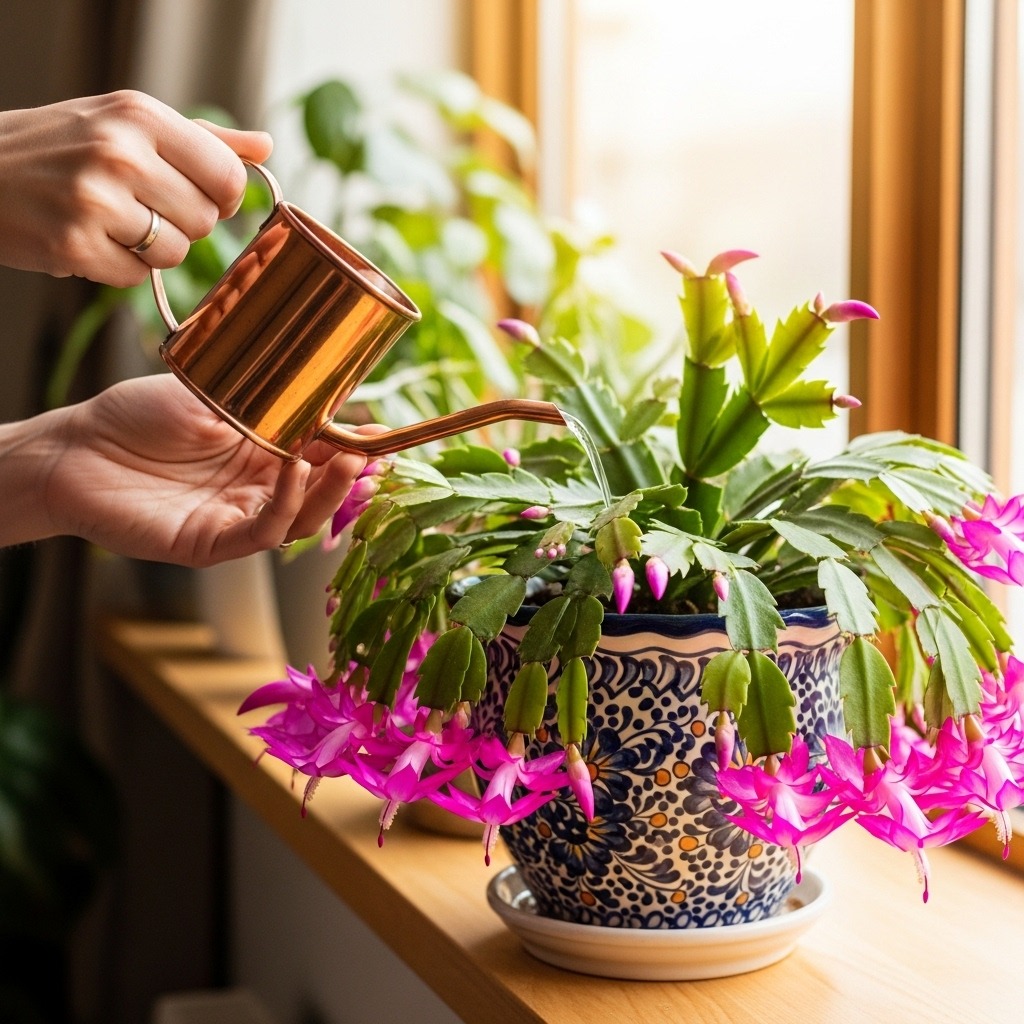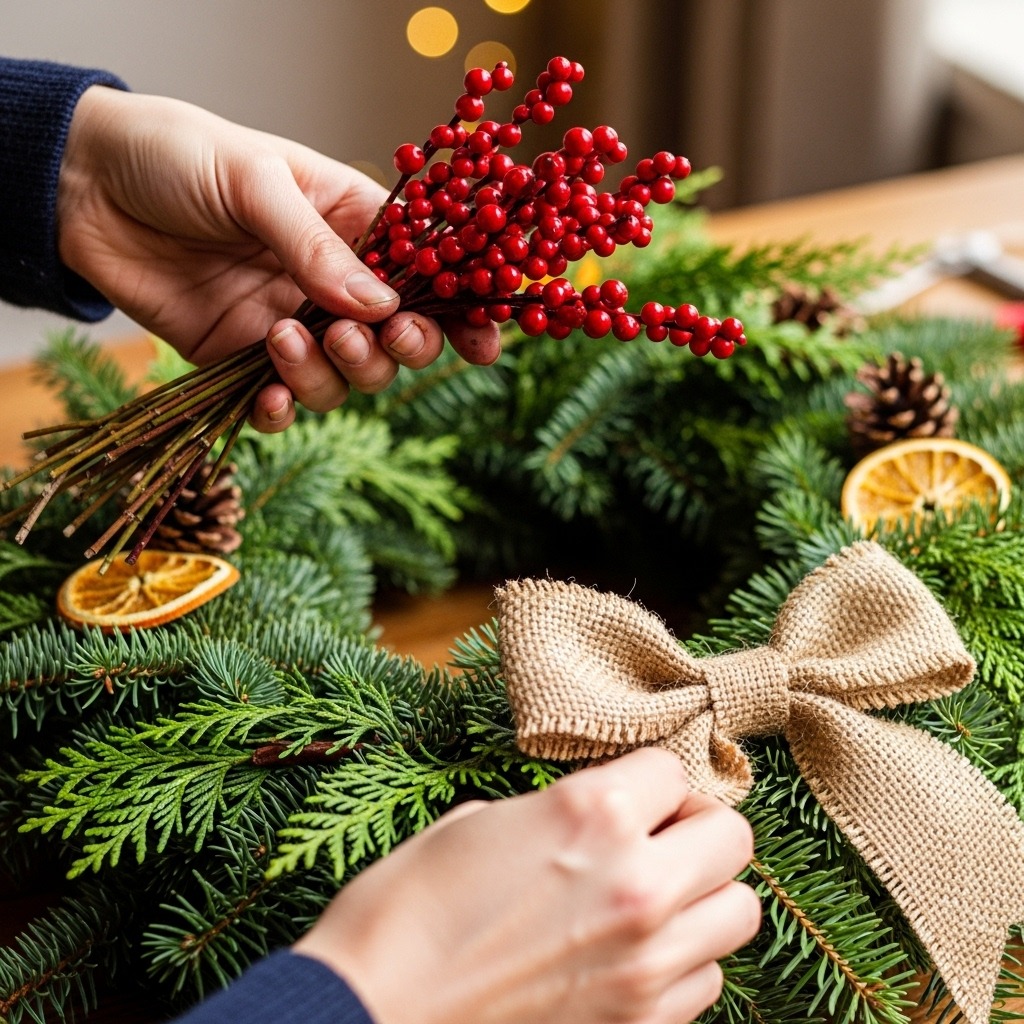When the cooler weather rolls around, I always look forward to refreshing my garden with crops that thrive in the crisp air.
Fall is honestly one of my favorite times to garden because many vegetables actually taste better after a light frost.
Over the years, I’ve discovered the perfect vegetables to grow during autumn, and today I’m sharing 15 fall vegetables to plant if you want a productive and delicious harvest.
1. Kale
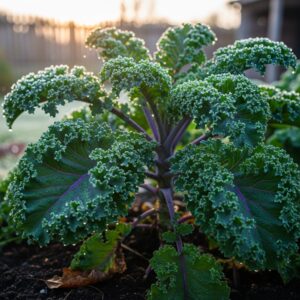
I love planting kale in the fall because it’s practically made for cold weather.
The flavor gets sweeter after a frost, and the leaves stay tender longer than in summer.
I usually direct sow the seeds in well-drained soil and keep them moist until germination.
Within a few weeks, I can start harvesting baby leaves for salads.
2. Spinach
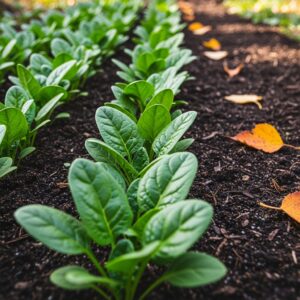
Spinach is another cold-loving green I always add to my fall garden. It grows quickly and can handle several frosts without any issue.
I prefer to plant spinach in partial sun to prevent it from bolting.
One of my tricks is to sow it every two weeks so I can enjoy a steady supply well into winter.
Read More: 14 New Build Garden Ideas
3. Lettuce
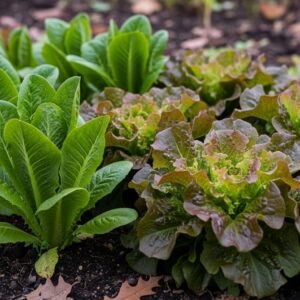
Lettuce thrives in cool weather, making it one of my go-to crops for fall.
I like planting a mix of leaf and romaine varieties so I can harvest different textures.
To make the most of my space, I cut the outer leaves and let the inner ones keep growing, giving me multiple harvests from one plant.
4. Carrots
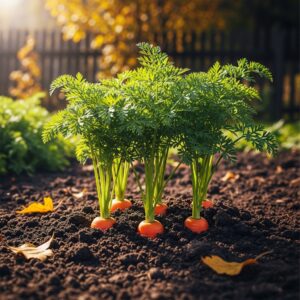
Carrots are perfect for fall planting because the cold makes them sweeter.
I usually sow carrot seeds directly into loose, sandy soil and thin them out once they sprout.
Patience is key here, but the reward of pulling crisp, sweet carrots from the ground in late fall is worth it.
5. Beets
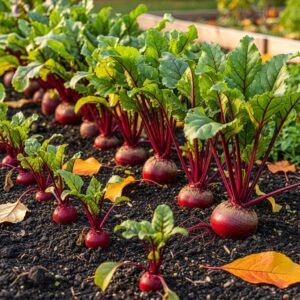
Beets are another root vegetable I can’t skip.
They mature fairly quickly, and I can eat both the roots and the greens. I usually roast the roots for dinner and toss the tender greens into salads.
They prefer cooler temperatures, so fall is the perfect time to grow them.
Read More: 15 Small Garden Landscaping
6. Radishes
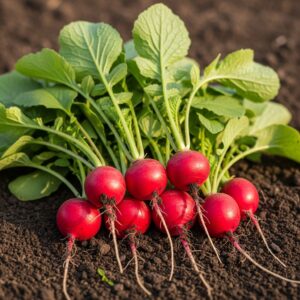
If you’re like me and love quick results, radishes are a must.
They grow in as little as three to four weeks, which is incredibly satisfying.
I plant them in rows between slower-growing crops, and before I know it, I’m harvesting crunchy, peppery radishes that add a nice kick to my meals.
7. Broccoli
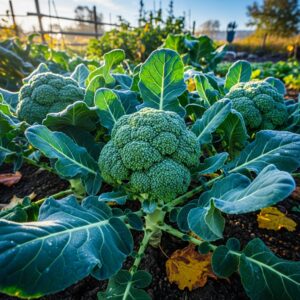
Broccoli thrives in the cooler months, and I’ve found that fall-grown broccoli tastes richer than spring crops.
I usually start seedlings indoors and then transplant them outdoors once the temperatures cool down.
The key is consistent watering to encourage large, healthy heads.
8. Cauliflower

Cauliflower can be a little trickier than broccoli, but fall weather gives it the stable temperatures it needs.
I usually cover the developing heads with their own leaves to protect them from sun damage, a technique called “blanching.”
The result is a beautiful white head that’s perfect for roasting.
Also Check: Farmhouse Wedding Decor with Fall Details
9. Brussels Sprouts

Brussels sprouts are one of those vegetables that get better with frost.
They take a long time to mature, so I plant them early in the season.
By late fall, I can harvest stalks full of sprouts that roast up beautifully. They’re definitely worth the wait if you have the space.
10. Cabbage
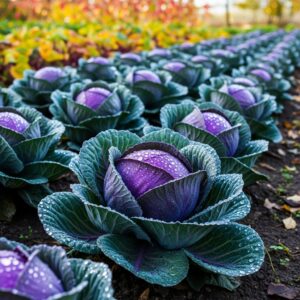
Cabbage loves the cool weather and forms tight, crunchy heads in fall.
I usually plant a mix of green and red varieties for variety in the kitchen.
Cabbage can store for weeks in a cool place, so it’s one of my favorite long-lasting fall vegetables.
11. Swiss Chard
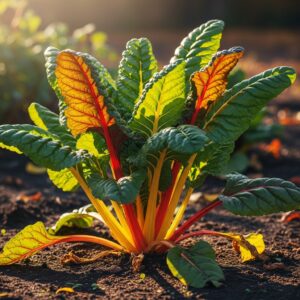
Swiss chard is hardy and vibrant, and I love how its colorful stems brighten up my garden.
It’s a forgiving plant that grows well into fall.
I usually harvest the outer stalks as I need them, which encourages new growth for weeks.
12. Turnips
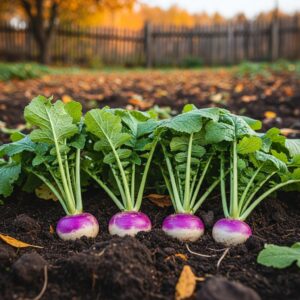
Turnips are a double-duty vegetable for me since I can enjoy both the roots and the greens.
They grow quickly and don’t require much maintenance.
I like roasting the roots while sautéing the greens with garlic for a simple side dish.
Read More: 15 Cozy Fall Decor for Dinner Parties at Home
13. Garlic
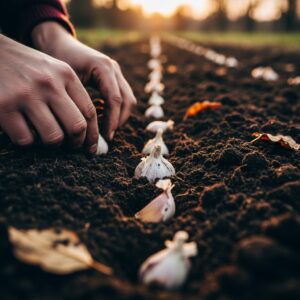
Even though I don’t harvest garlic until the following summer, I always plant it in fall.
Planting the cloves in cool soil helps them establish strong roots before winter sets in.
By spring, the shoots start popping up, and I know I’m on my way to a bountiful harvest.
14. Onions
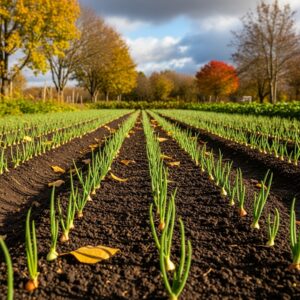
Onions are another staple I tuck into the ground during fall. Depending on the variety, I plant sets or seedlings that will overwinter and mature by late spring.
They require very little attention once planted, which makes them one of the easiest fall crops for me.
15. Arugula
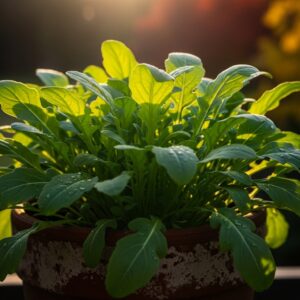
Last but not least, arugula is a fast-growing green that adds a peppery flavor to my fall salads.
It germinates quickly and doesn’t mind the chill.
I often grow it in containers so I can move it around easily and harvest tender leaves whenever I want.
Final Thoughts
For me, fall gardening is all about taking advantage of the cooler temperatures to grow vegetables that thrive in them.
These 15 fall vegetables to plant not only extend my growing season but also give me a steady supply of fresh produce well into the colder months. Suppose you’re looking to maximize your garden space.
In that case, I recommend starting with quick-growing greens like spinach, arugula, and radishes, then adding slower crops like broccoli, Brussels sprouts, and garlic for long-term rewards.
FAQs About 15 Fall Vegetables To Plant
1. What vegetables grow best in the fall?
Cool-season vegetables like kale, spinach, lettuce, carrots, broccoli, cauliflower, and garlic thrive in fall because they prefer cooler temperatures and often taste sweeter after a light frost.
2. When should I start planting fall vegetables?
Most fall vegetables should be planted in late summer to early fall, about 6–10 weeks before your first expected frost date. This gives the plants time to mature in cool weather.
3. Can I grow fall vegetables in containers?
Yes! Many fall vegetables like spinach, lettuce, radishes, and arugula do very well in containers. Just make sure the pots are deep enough for root crops like carrots or beets.
4. Do fall vegetables need protection from frost?
Most fall vegetables are frost-tolerant and actually improve in flavor after a light frost. However, for severe freezes, you can use row covers, cloches, or cold frames for protection.
5. How do I prepare my soil for fall planting?
I recommend enriching the soil with compost or organic matter before planting. Fall crops benefit from well-drained, nutrient-rich soil that retains moisture but doesn’t get soggy.
6. Can I harvest vegetables throughout the winter?
Depending on your climate, yes! Crops like kale, spinach, Brussels sprouts, and carrots can last well into winter with minimal protection. In colder areas, using a greenhouse or cold frame helps extend the season.
7. What’s the easiest fall vegetable to grow?
Radishes are the quickest and easiest, often ready in just 3–4 weeks. Lettuce, spinach, and arugula are also low-maintenance crops perfect for beginners.
8. How do I make fall gardening more productive?
I use succession planting, meaning I plant fast-growing crops like radishes and lettuce alongside slower crops like broccoli and garlic. This way, I always have something to harvest throughout the season.
